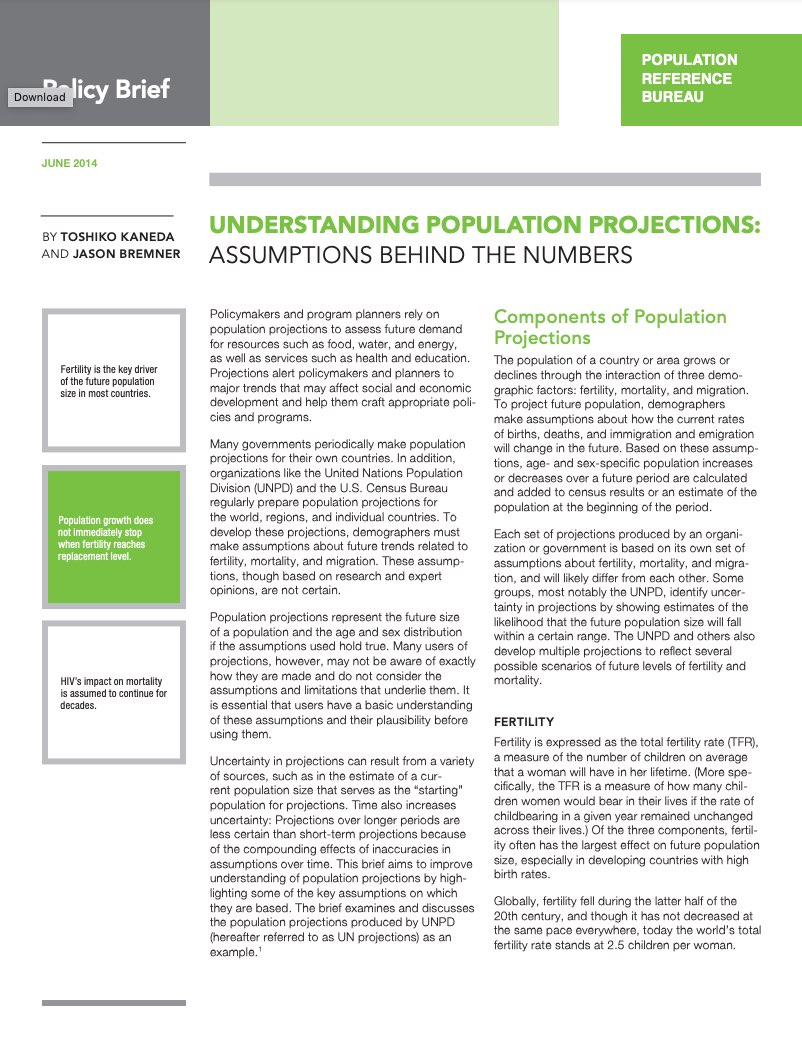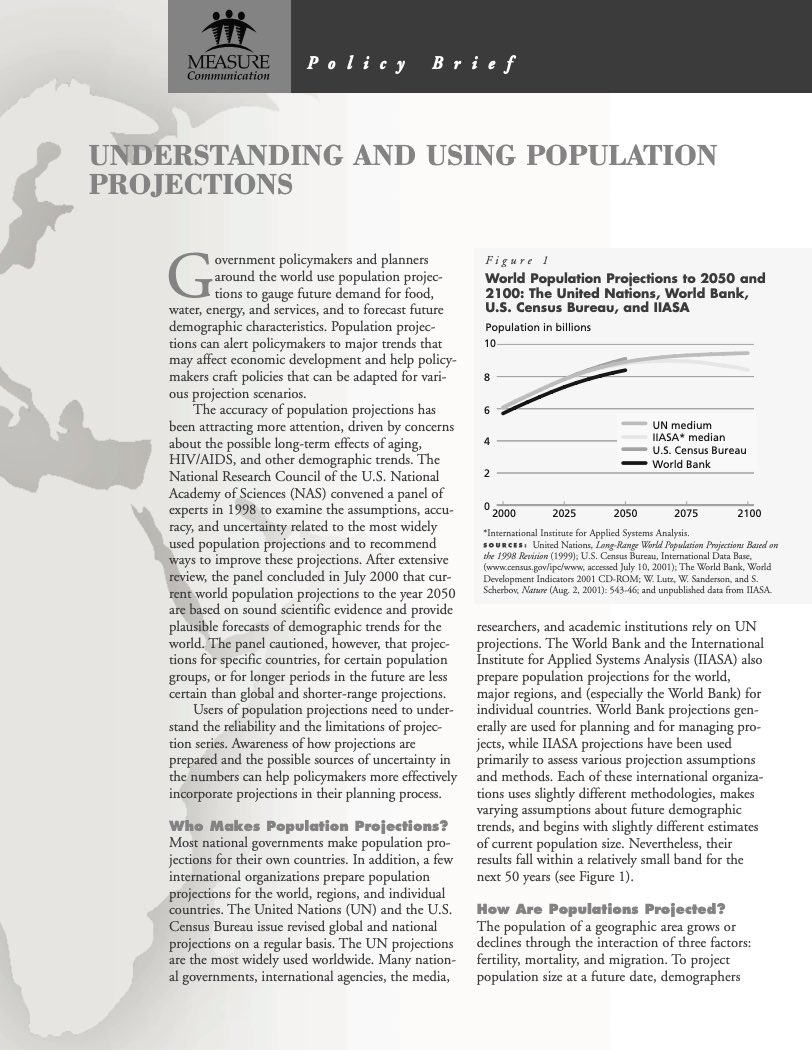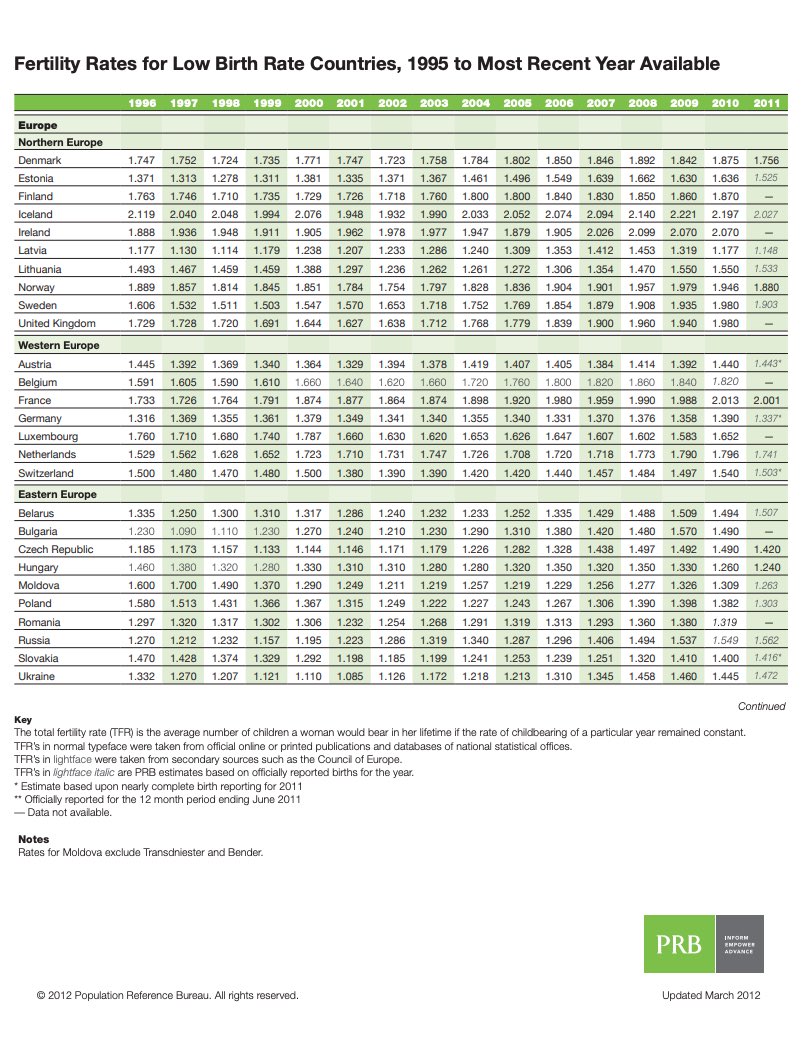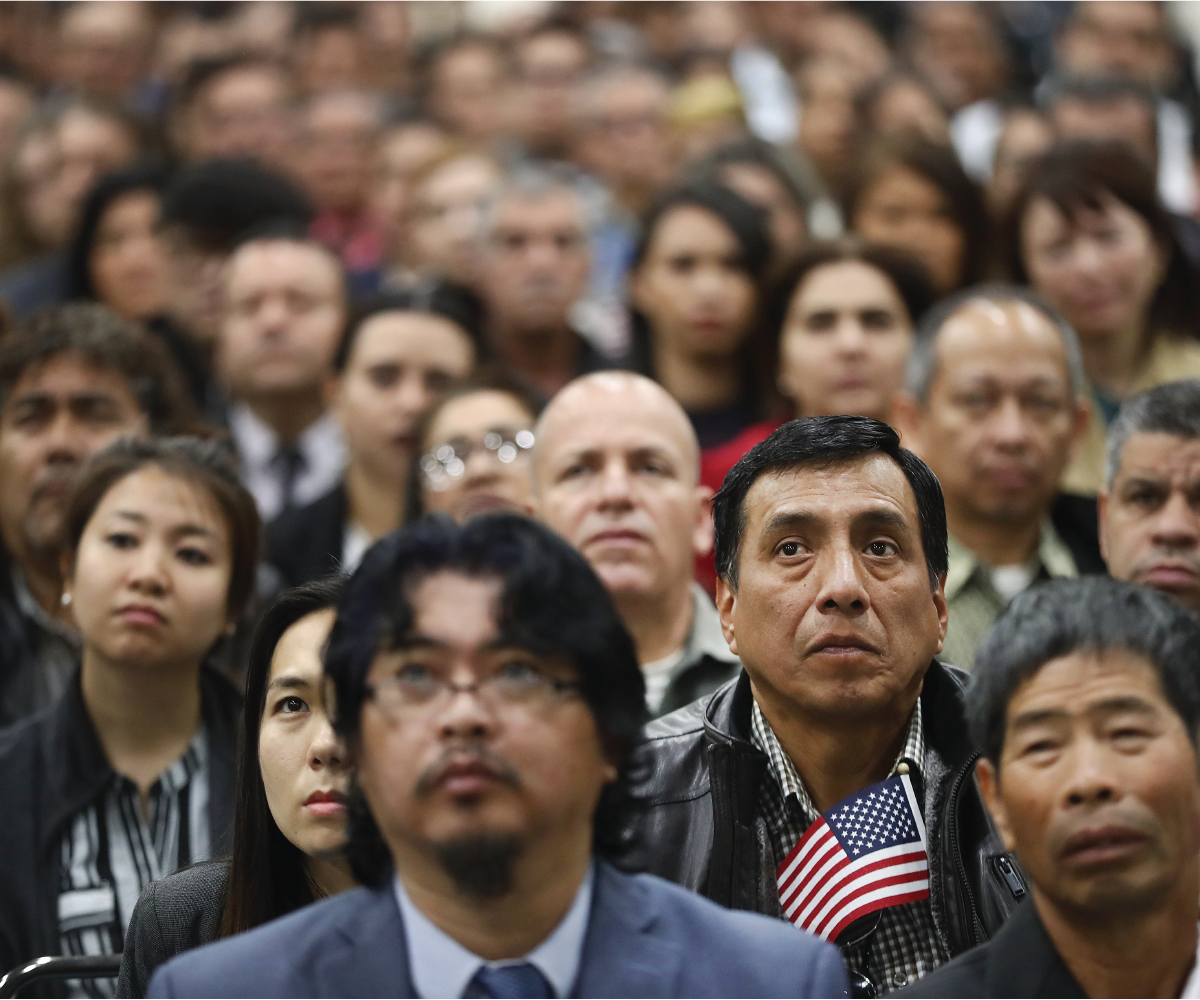535 Search Results Found For : "climate change"
Urbanization Takes on New Dimensions in Asia’s Population Giants
(October 2001) For the first time, more half of the world's population will be living in urban areas by the end of this decade.

Policy Brief. Understanding Population Projections: Assumptions Behind the Numbers (2014)
Policymakers and program planners rely on population projections to assess future demand for resources such as food, water, and energy, as well as services such as health and education.
International Migration Transforms Australia
(2001) Immigration since World War II has transformed Australian society and population. Many residents of Australia are immigrants or are the children of immigrants.

Policy Brief: Understanding and Using Population Projections
Government policymakers and planners around the world use population projections to gauge future demand for food, water, energy, and services, and to forecast future demographic characteristics.

Tables: Fertility Rates in Low Birth-Rate Countries, 1996-2011

How Many People in the United States Are Experiencing Homelessness?
(2020) The economic effects of the coronavirus pandemic in the United States include an unemployment rate higher than at any time in the country’s history—including the Great Depression. As an unprecedented number of Americans struggle with job loss, many of them may lose their homes. Many others may lose their homes due to natural disasters or other crises.

Who Are America’s Immigrants?
A century beyond the country’s strictest immigration law, here’s what the data tell us about who’s coming to the United States

Q&A With Kyler Sherman-Wilkins
PRB spoke with him about his goals for the program and future implications for the study of demography.
